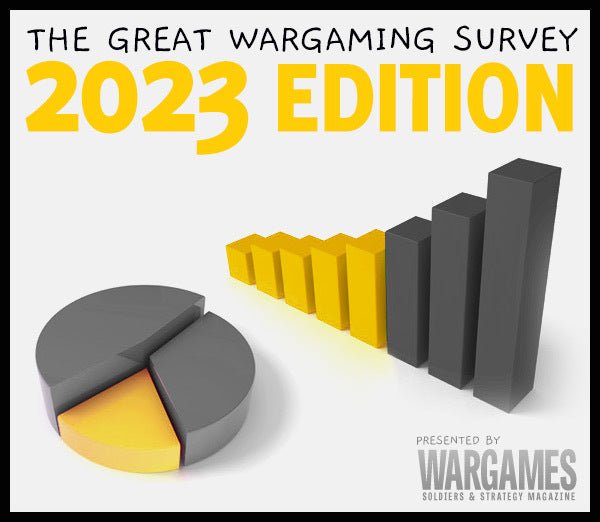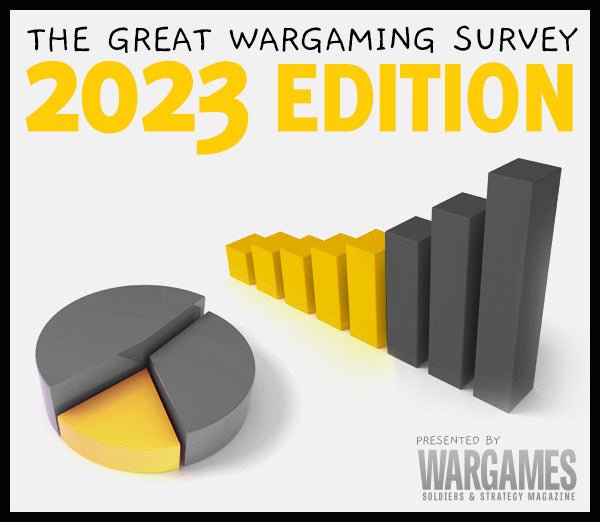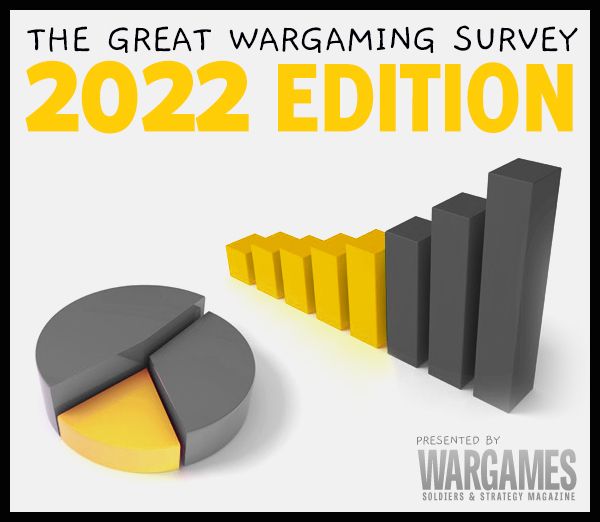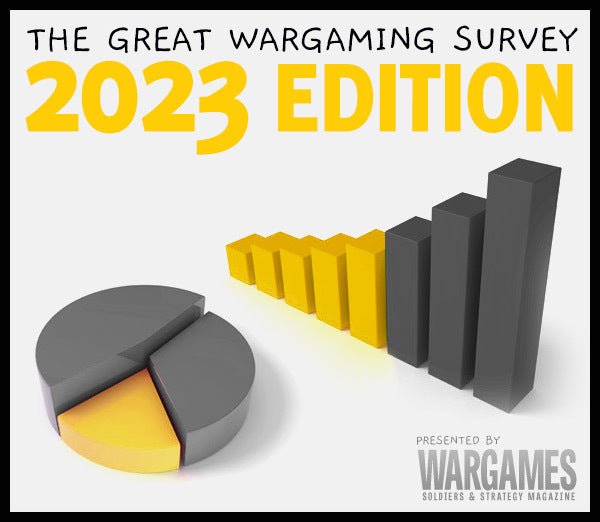Comparative comparisons
Last Saturday Jonathan Reinhart of Wargaming Recon interviewed me , drawn by the allure of the Great Wargaming Survey. Whether I made any sense, you can judge for yourself . For me, it was a reminder that, despite the excellent response, we have very little frame of reference to which we can compare our results. For better or worse, to a large degree this recent survey is going to have to serve as that frame of reference until we can do another, and another, and another, with hopefully at least as good a response. Once that’s done, in a few years, we’ll be able to compare results, check for strange aberrations, odd results and developments. Only then will we actually be able to say whether wargaming is a greying hobby or not. I apologize if you came here looking for the ultimate answer. (However, in the case of greying wargamers, that might well be 42 !)
Jonathan pointed me to an academic study of American wargamers as published on BoLS (links to the final part with references to earlier sections), which I’d seen but seemed to be very strongly focused on SciFi and Fantasy wargaming ( there we go again , but in the opposite direction…). That survey, run by Ian Cross, also posed some interesting questions about socio-demographic aspects, which we didn’t cover. And fyi, I’ll explain here why we did not: first we were very anxious to limit the number of questions. WSS is about wargaming, and, we decided, so should our survey be. Second, the more diverse your target audience, the more difficult such general questions become to categorize. For example, while you may be able to pin down someone’s social class in England by whether he has ‘tea’ or ‘supper’ in the evening, that doesn’t work for an American, or a continental European. However, there is some overlap in the questions posed in Cross’ survey and in ours, and I thought it might be interesting to do a little comparing. If they match, at least for America, then we might have some more proof that the baseline is reasonably reliable.
Starting with the obvious, Cross determined American wargamers (2321 qualifying responses) are overwhelmingly white and male. We did not ask about the former, but as we’ve already seen, our survey confirms the gender outcome, with only 22 North American wargamers (out of 2805) giving their gender as female, and 90 indicating it was irrelevant (yes, and interesting response, but we’ll probably phrase that differently next time). Cross’ respondents had in many cases been in the hobby for a long time, with 35% indicating 20 years or more. In our survey, nearly 60% of North American gamers said they’d been wargamers for 20+ years or had been introduced by Don Featherstone (which was intended as the superlative). Just the former option gathered 44% of responses however. Perhaps this result correlates with the fact that, on average, in our survey North American wargamers were older.
Both surveys asked about the amount of money spent, and though the categories were not the same, they were somewhat comparable. Interestingly, the top range ($1600+ for Cross, $1400+ for us) got very similar responses with 13% and 14.5% respectively. Cross’ largest group of responses, with 16%, (he clearly had more options for this question than we did) was $451-$650. Our bracket in that zone was $350-$700 and was also the most commonly chosen option with nearly 36%. Cross did not publish the results of the $651-$900 group and the bracket below $451, but the fairly low results for his top three in this question suggests they may well have been around 10%. Considering both results, it seems likely that the average American wargamer admits (…) to spending roughly $500-600 on his hobby per year. On the other hand, we have to consider the possibility that many wargamers guess they spend roughly $50/month, or $600 a year… That works in Cross’ survey, and for ours in USD, but the same numbers in Euros and British Pounds would put European ‘guesstimators’ using the same rule of thumb in the next bracket. There’s a tiny shift (just over half a percent) down for the middle bracket in the overall results, but the next group (with the €600 and GBP 600) is considerably larger overall (28% vs 24% for the US only) in our survey. That suggests that either spending patterns (or prices) are different worldwide – for the next survey we’ll need to find the wargaming equivalent of the Big Mac – or there is indeed at least some broad guessing going on here, whether that’s accurate or not. After all, if you’re trying to be sensible about your hobby and setting a monthly budget, ‘50’ is a nice round number in any currency.
When it came to most important aspects of the hobby, Cross asked his respondents to rank concepts such as ‘gaming’, ‘social interaction’, and ‘painting’. We did it differently, asking everyone to indicate per topic whether it was not important, somewhat important or very important. As I’ve already reported, it was the social aspect that was most often stated to be very important. That’s of course a different question/answer than if you ask people to rank them. For Cross in two questions, ‘gaming’ was the most important while the social part was number 2 in one question and a shared second in the other.
That’s about where the comparable results end though, so where does that put us? It’s clear from Cross’ questions about favorite systems that his respondents were overwhelmingly SciFi and Fantasy players with only FoW getting even a toehold in his rankings. From the last ‘bias’ blog, it seems that historical and non-historical players certainly overlap, but there are some differences as well. He did not ask about age - that would’ve been a nice comparison - but it’s clear from both our surveys that for many wargamers this is pretty much a lifelong hobby. We also didn’t need two surveys to establish that wargamers are overwhelmingly male, but it’d be interesting to see whether more women join in over time. Anecdotally that seems to be the case. The most fascinating comparative material is of course the money spent on the hobby. Prefaced by a lot of circumlocution as above, it seems likely that the most common amount wargamers admit or guesstimate that they spend is roughly (insert currency) 600 per year. Is this a baseline? Perhaps - future surveys will have to confirm, deny or specify.




